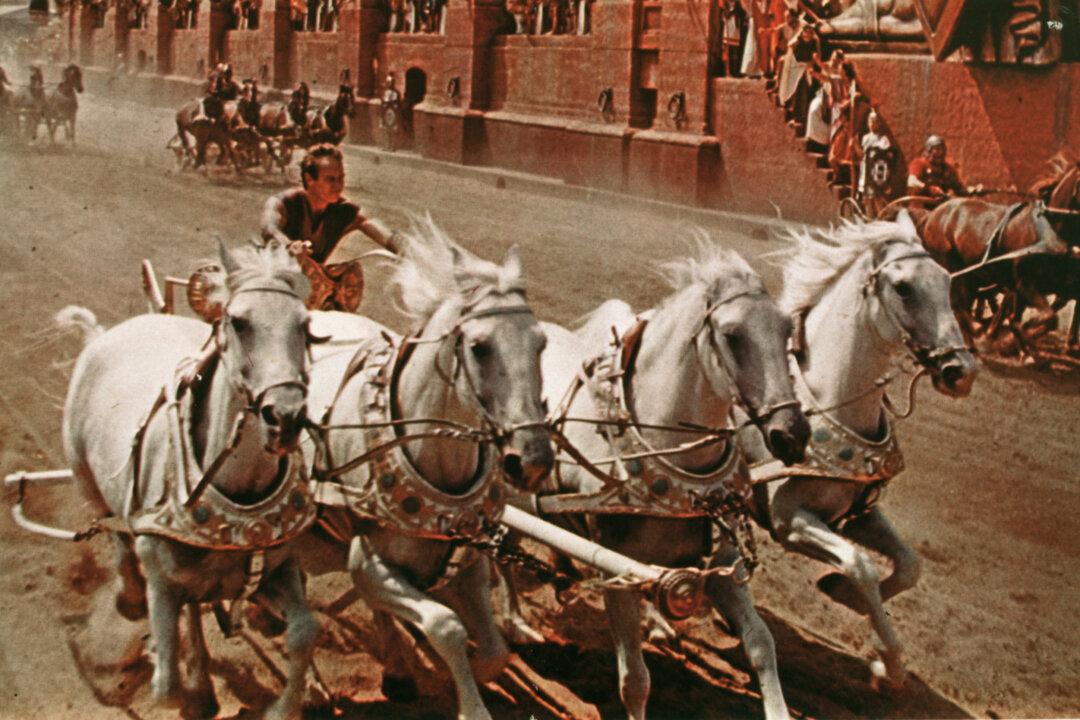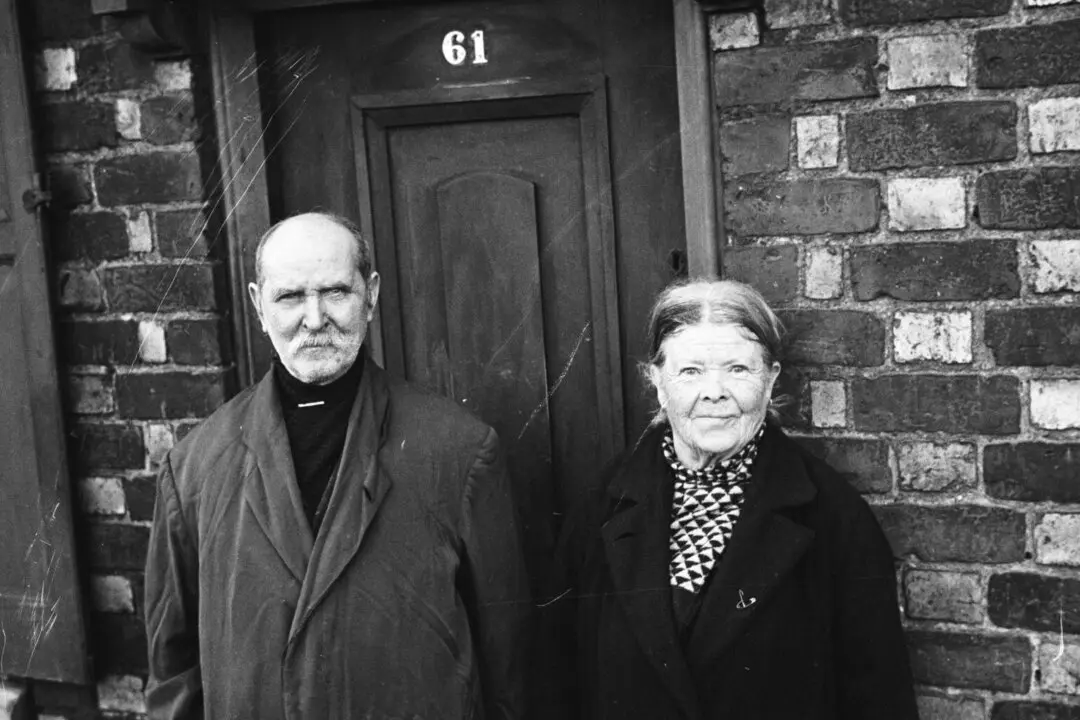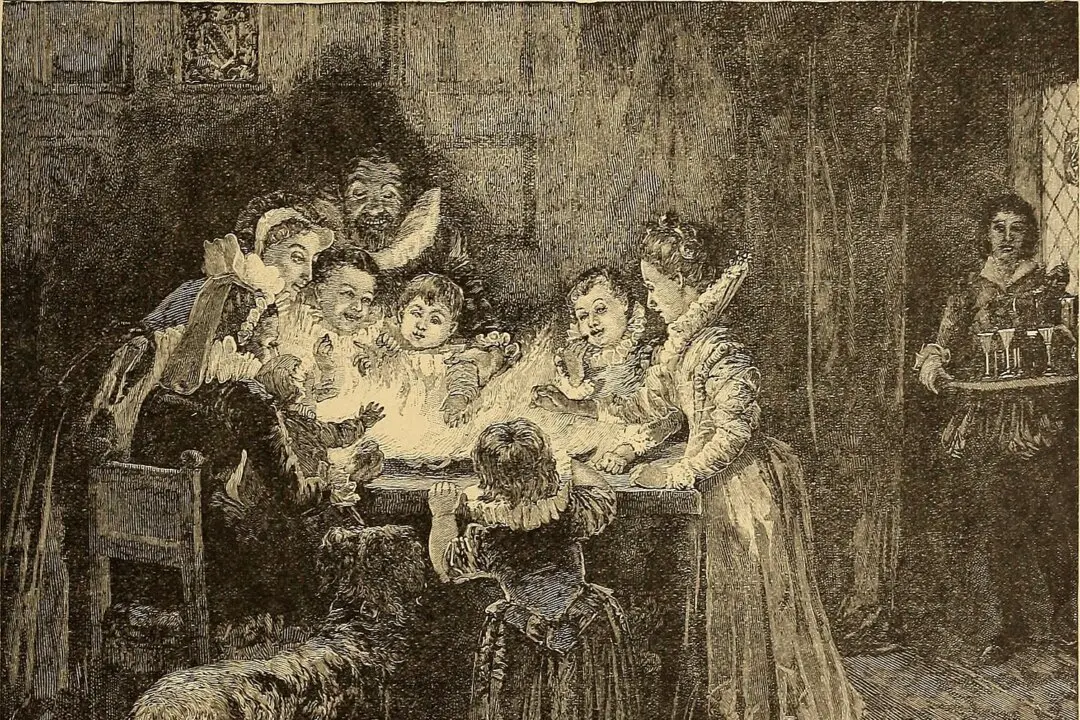Some people say Hollywood is dying. As the pushing of political agendas in movies has ballooned, the quality of production (and sometimes profits) has deflated. From the standpoint of basic writing, storytelling, and visual effects, many new releases seem, to me, several notches below films from even just 10 years ago. Add to all this the recent strike, which just highlights the crisis that Hollywood faces.
If you, too, are disappointed with the failures of modern cinema, maybe it’s time to return to some of the tried-and-true titles of the past. Here are a few recommendations for your next family movie night.






